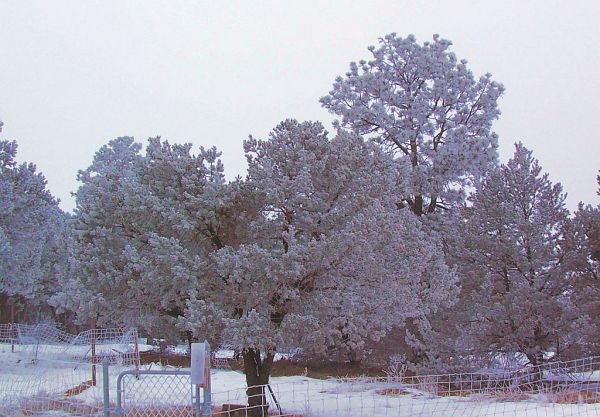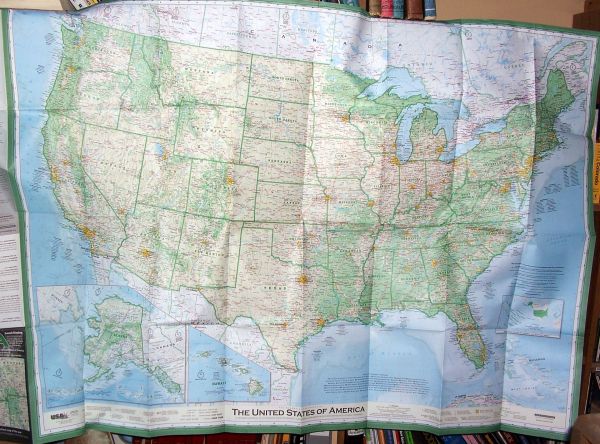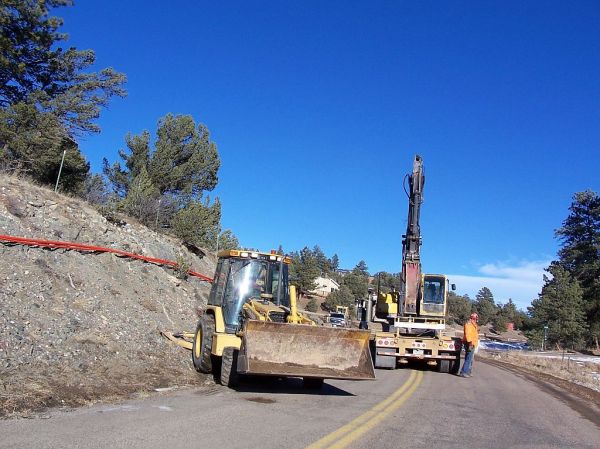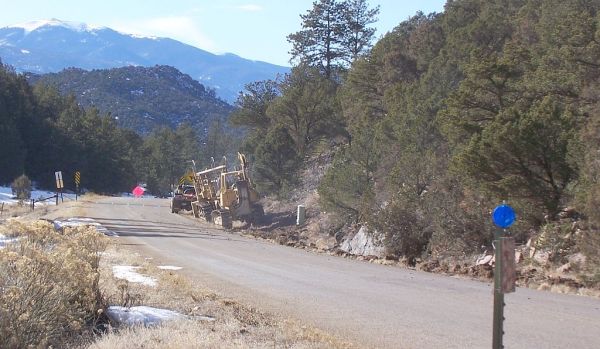Military keeps a wary eye on stormy sun
January 28, 2012 11:40 AM
JAKOB RODGERS
THE GAZETTE
Airplanes avoided the Earth’s poles. Swedes reveled in brilliant vistas of green and red that danced across the northern skies. Residents in Colorado Springs mostly went about their normal lives, except for airmen who watched for trouble in orbit.
A fiery explosion 93 million miles Earth caused all of this.
Forecasters warn that it might be a mild taste of things to come.
The sun awakened from its slumber last week, signaling the start of yet another radiation-hurling, satellite-rattling period of solar storms known as the “solar maximum.”
Though the initial interstellar punch of this storm was mild, astronomers and military officials warn the worst could be on the way.
“Everybody kind of has to be on their toes,” said Bryan DeBates, director of education for the Space Foundation in Colorado Springs.
Astronomers expect solar activity to peak in 2013, during a particularly active stretch of the sun’s 11-year cycle.
When that happens weather satellites, airplane communications, energy grids and the global positioning devices could be affected.
But predicting storms on the sun, and the damage they’ll cause, isn’t easy.
“We have a hard time predicting the weather in Colorado the way it is,” DeBates said. “Trying to predict this kind of thing on the sun is even more difficult.”
The latest storm began Jan. 22 on the sun’s northern hemisphere, where a massive explosion hurled a part of the sun’s corona into space.
Scientists on Earth detected it eight minutes later, when the first electrons — atomic particles — hit the earth. Within minutes, protons began bombarding the planet.
Those protons can damage satellite software and solar panels, said Terry Onsager, a physicist with the Space Weather Prediction Center, a branch of the National Oceanic and Atmospheric Administration.
The electrons and protons were the most powerful part of the storm, Onsager said. The storm registered as a three making it the strongest storm since October 2003.
But the most damaging part of the storm — the geomagnetic waves — appeared to pass north of the Earth.
“It was a glancing blow, this last storm,” Onsager said. “It was certainly a noticeable affect … but it was not a major storm.”
Those waves of ionized solar wind usually arrive a few days after the initial explosion, often wreaking havoc with the earth’s magnetic fields and ionosphere.
Satellites can be damaged or disoriented when the ionosphere’s temperature and density changes, said Geoff McHarg, director of the Space Physics and Atmospheric Research Center at the Air Force Academy.
Those charged ions also can cause outages across electrical grids as they ripple across the Earth. It occasionally causes “bubbles” in the ionosphere that disrupt GPS signals — similar to how bubbles distort the view into a hot tub.
None of those problems were reported this past week.
The military satellites commanded at Schriever Air Force Base appeared unaffected.
The 21st Space Wing at Peterson Air Force Base also appeared to keep track of the more than 22,000 satellites and pieces of space junk orbiting earth — unlike what happened in 1989, when the base lost 18 percent of the space junk due to solar interference.
Airplanes, though, were told to avoid flying over the north and south poles due the possibility of navigation problems.
Some people might be wishing for more temperamental behavior from the sun in the coming year.
People in Sweden were treated to a beautiful side effect of such storms: The aurora borealis, which left green and red streaks across the sky this past week. The stronger the storm, the farther south the northern lights tend to appear.
— The Associated Press contributed to this report.







 I suggest opening this image in a new window/tab and enlarging to full size. I made it deliberately large so you can see some detail on it.
I suggest opening this image in a new window/tab and enlarging to full size. I made it deliberately large so you can see some detail on it.

















 A view from Sweden.
A view from Sweden.